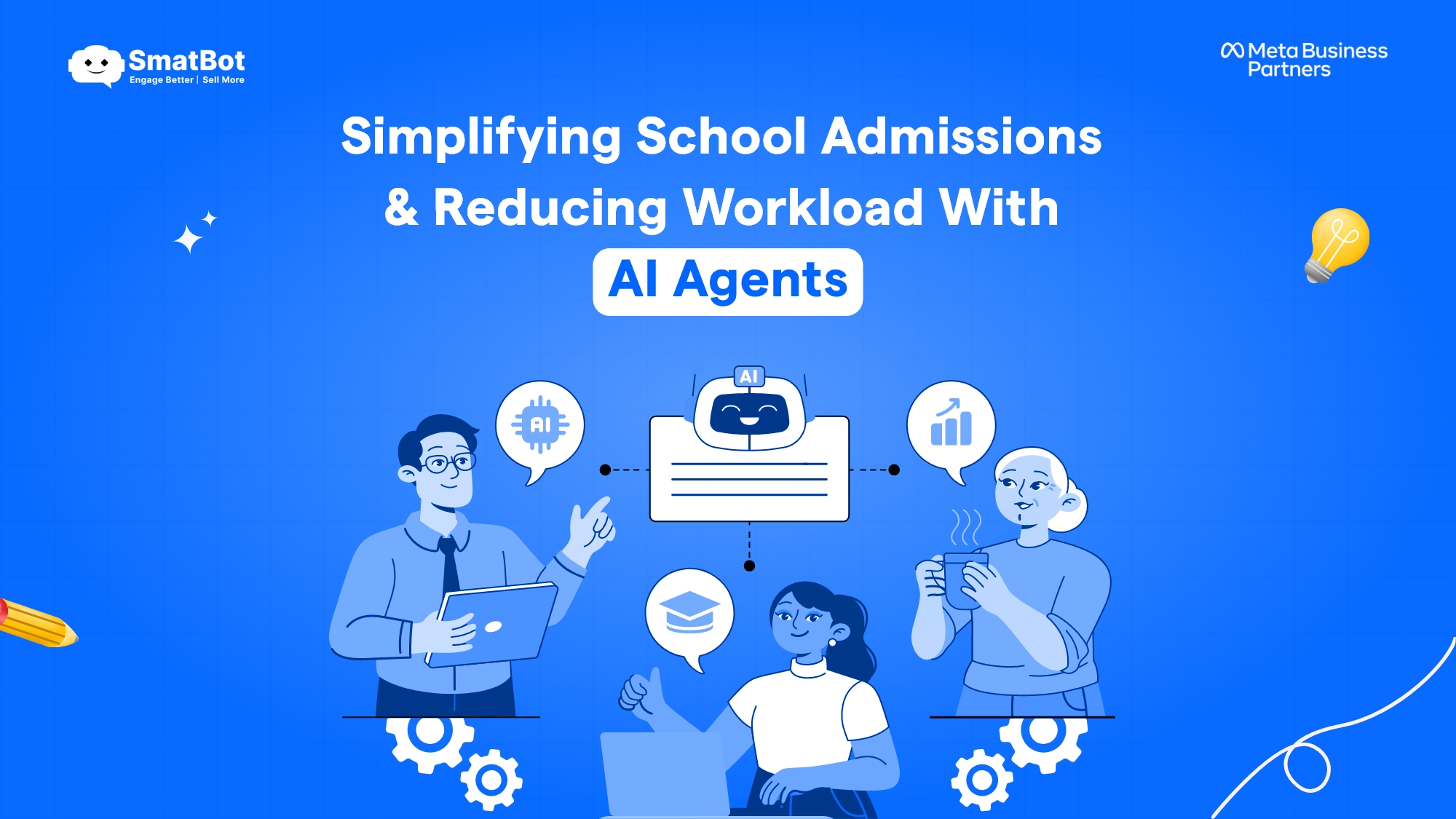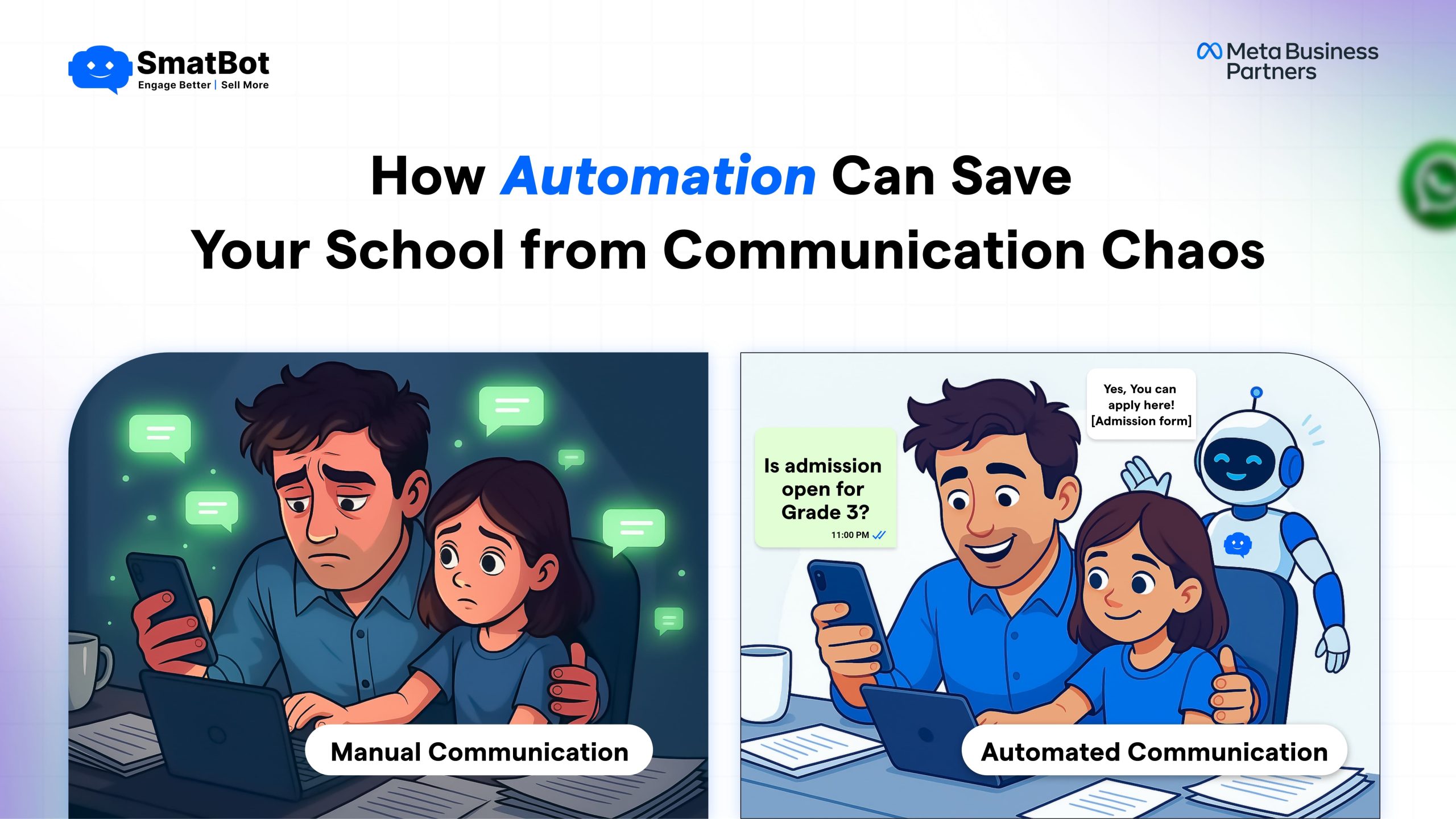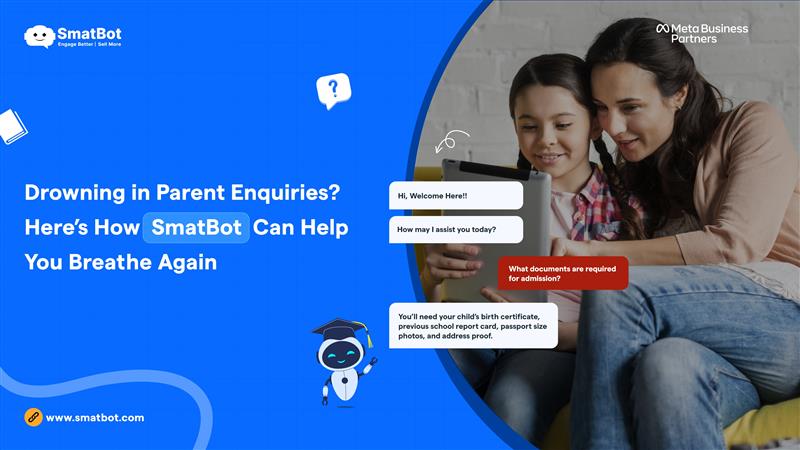How Does Chatbots and Voice Assistants Transform the Marketing Sector?
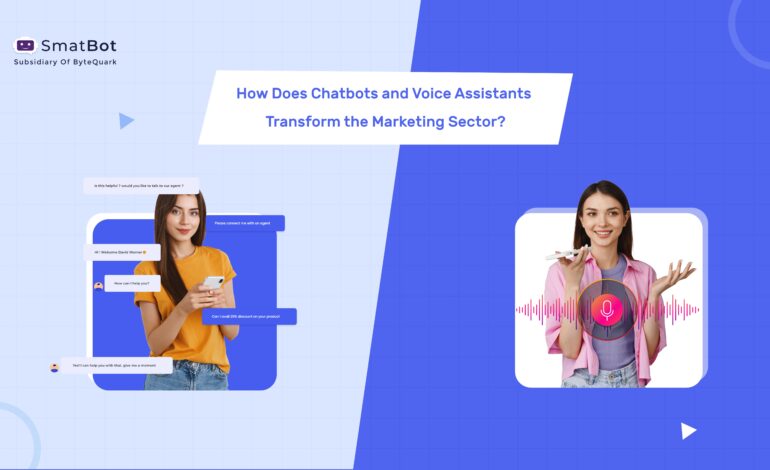
With the advancement of technology, chatbots, and voice assistants have become a part of daily human life. From asking Siri about anything to placing an order with the help of chatbots has become common in most of our lives.
While some may believe chatbots and voice assistants are only for personal human lives, it may surprise them that chatbots and voice assistants are also helping businesses in marketing. In fact, they have revolutionized the overall marketing sector.
Chatbots and voice assistants enable businesses to connect with their existing and potential customers in a more personalized and effective manner. Several businesses have noticed increased sales using chatbots and voice assistants. As per stats, chatbots and voice assistants have increased businesses’ sales by 67%.
If you want to know how chatbots and voice assistants transform the marketing sector, you must read this article. It will list how voice assistants and chatbots transform marketing and provide other helpful information about chatbots and voice assistants.
Chatbots vs. Voice Assistant
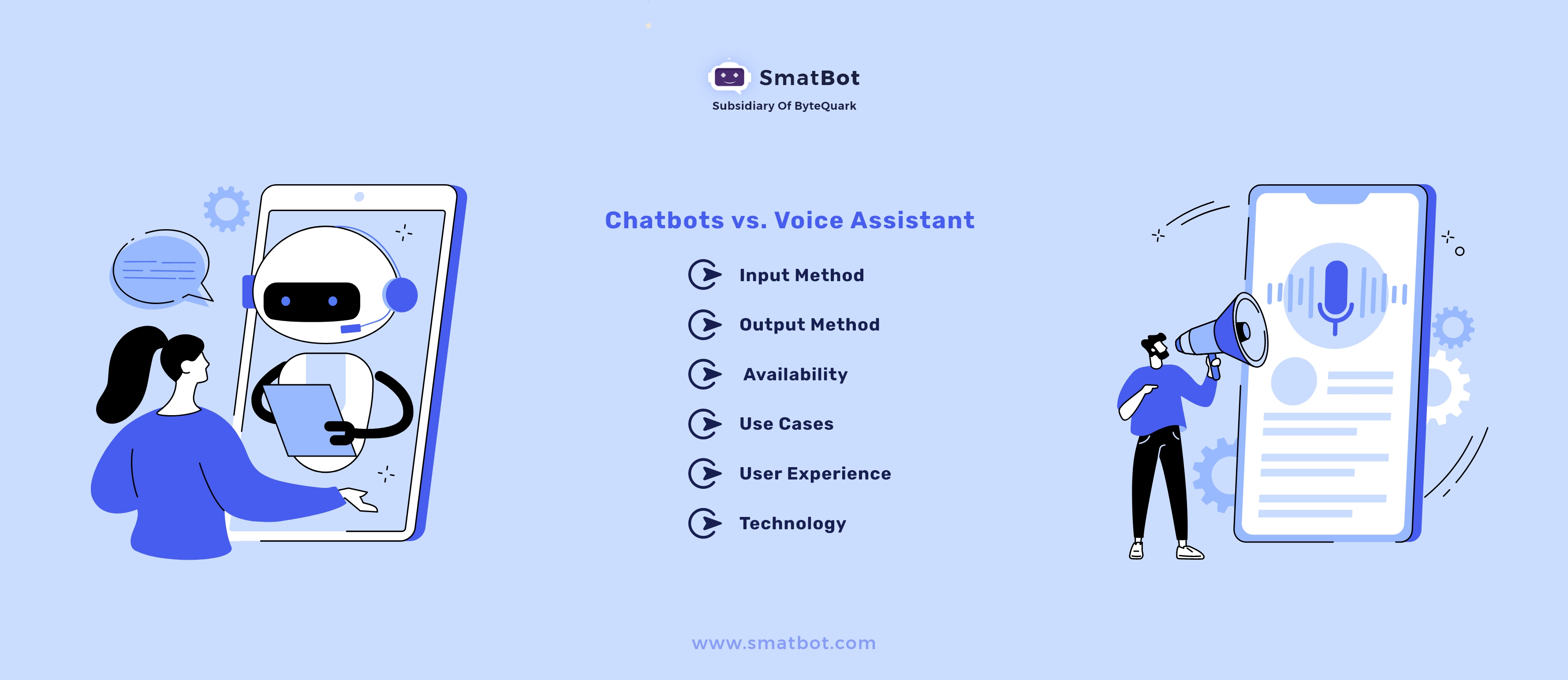
Chatbots and voice assistants are both the innovation of AI or artificial intelligence.
Chatbots are typically text-based, meaning that users interact with them by typing messages into a chat window or messaging app. Chatbots can be accessed through a variety of platforms such as websites, social media, messaging apps, and even SMS. Chatbots are often used to handle customer service inquiries, provide information, or automate simple tasks.
Voice assistants, on the other hand, are designed to be spoken to. Voice assistants use speech recognition, natural language processing algorithms, and voice synthesis to receive voice commands and respond conversationally.
Popular examples of voice assistants include Siri, Alexa, Google Assistant, and Cortana. Voice assistants can perform a wide range of tasks, including setting reminders, playing music, controlling smart home devices, and answering questions.
One advantage of chatbots is that they can be accessed on any device with an internet connection and a messaging app, while voice assistants typically require a smart speaker or smartphone with a built-in microphone. However, voice assistants offer a more natural and intuitive user experience for tasks that are easier to perform through voice rather than typing.
Below are the main differences between chatbots and voice assistants:
- Input Method: Chatbots are typically text-based and require users to type in their messages, while voice assistants are designed to be spoken to and use speech recognition technology to understand user requests.
- Output Method: Chatbots respond with text-based messages, while voice assistants respond with spoken language.
- Availability: Chatbots can be accessed through a variety of platforms such as websites, social media, messaging apps, and even SMS, while voice assistants typically require a smart speaker or smartphone with a built-in microphone.
- Use Cases: Chatbots are often used for customer service inquiries, providing information, or automating simple tasks. Voice assistants can perform a wide range of tasks, including setting reminders, playing music, controlling smart home devices, and answering questions.
- User Experience: Chatbots offer a more controlled and structured conversation flow, while voice assistants provide a more natural and intuitive user experience for tasks that are easier to perform through voice rather than typing.
- Technology: Chatbots rely on natural language processing (NLP) and artificial intelligence (AI) to understand and respond to user queries, while voice assistants also use speech recognition and machine learning algorithms to process voice commands.
Benefits of using chatbots and voice assistants in marketing
Most people think that chatbots and voice assistants cannot be profitable marketing options. If you are among those, you must read the following benefits of chatbots and voice assistants-
- Increased accessibility
Chatbots and voice assistants increase accessibility, drastically enhancing the customer experience before it even starts. Chatbots and voice assistants can help a customer engage quickly and conveniently without the need for humans.
You can even use them to improve accessibility on your social media platform or website. If a customer requires assistance after business hours, an AI chatbot like SmatBot or a virtual agent can assist them.
- Allow personalization
Chatbots and voice assistants use AI to create entirely personalized conversations. They can collect data like location, account history, etc.
Chatbots and voice assistants can generate highly relevant information and quickly recommend the following steps based on a customer’s best interests after collecting and learning from some customer experiences over time.
- Shorten your sales cycle
Chatbots and voice assistants can also shorten your sales cycle. Lead generated by these AI technologies is faster than a traditional method. Traditional approaches need the sales agent to contact the potential lead and nurture them in order to close the deal. However, by implementing chatbots and voice assistants, your company may accelerate the sales cycle.
Examples of chatbots and voice assistants
As mentioned earlier, chatbots and voice assistants are both innovative technologies that utilize artificial intelligence for efficient and fast conversations. Many examples of both types of technology exist.
Amazon Alexa, Google Assistant, and Apple Siri are some of the best examples of voice assistants, with some of these apps integrated into devices like smartphones, PCs, and other devices that we use regularly.
Meanwhile, ChatGPT and SmatBot are a few examples of AI chatbots.
How Does Chatbots and Voice Assistants Transform the Marketing Sector?
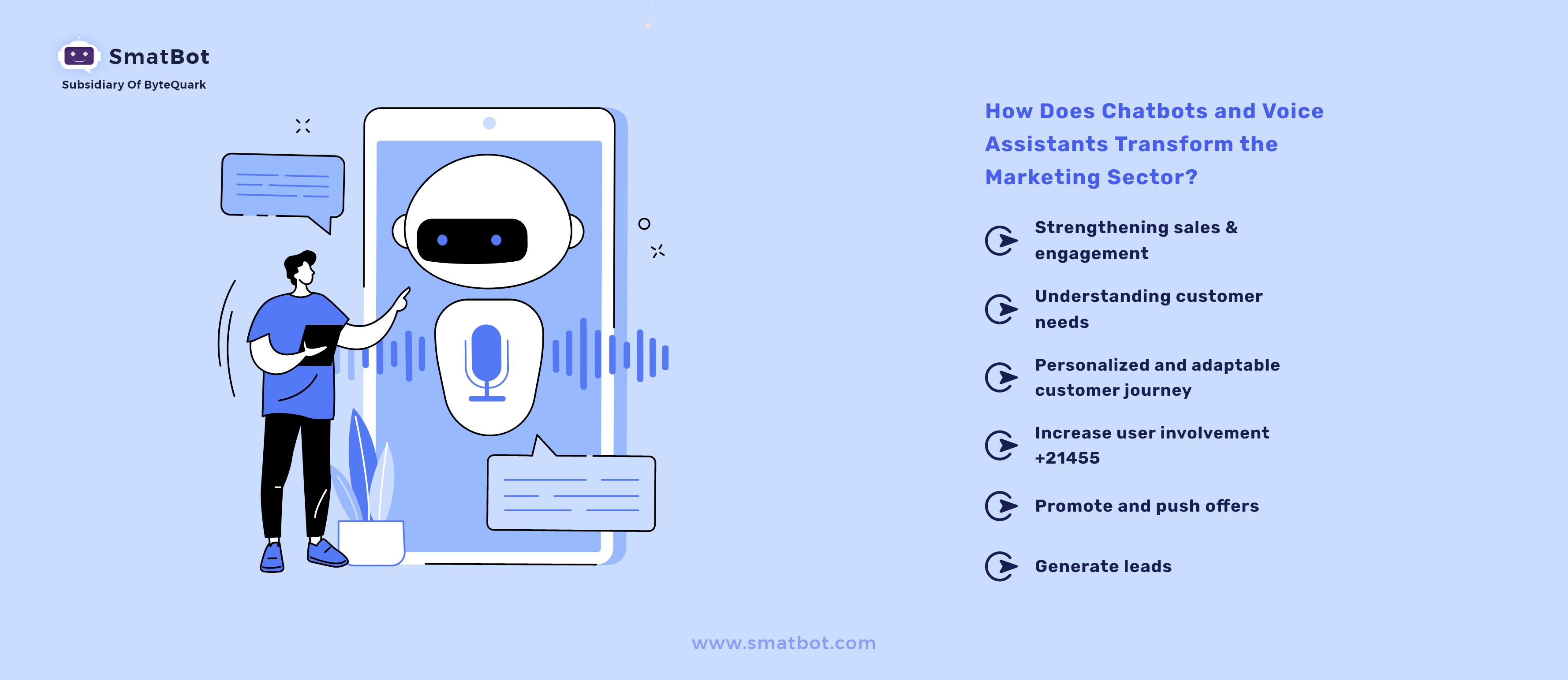
Marketers can use chatbots and voice assistants to gather valuable information, such as purchase trends and user preferences, to better prepare marketing strategies. Here are some of the top ways in which voice assistants and chatbots are transforming the marketing sector:
- Strengthening sales and engagement
Voice assistants and chatbots are effectively strengthening sales and engagement by enabling quick and easy communication with target customers. They can deliver targeted messages, special deals, and other incentives to encourage customer loyalty.
These technologies also provide valuable information and insights. Conversations with customers can yield invaluable feedback on your brand’s customer journey, ultimately resulting in higher conversion rates, more opportunities to engage with customers, and a more personalized experience overall.
- Understanding customer needs
Chatbots and voice assistants can also help you deeply understand your customers’ needs. They can be used to ask questions and deliver relevant information to the appropriate individual at the right time. Additionally, they can assist you in managing complex user service transactions and improving the efficiency of your customer service.
By customizing your conversational AI and asking more questions based on the customer’s information, you can better understand your clients’ current needs, desires, and how to persuade them.
- Generate leads
Voice assistants and chatbots are also helping to generate sales leads. They can analyze multiple data blocks to find ideal customers, scanning vast amounts of data to understand their needs.
In addition, chatbots and voice assistants can interact with customers to help them find their desired products and services. They can provide personalized recommendations and direct customers to the sales funnel.
- Personalized and adaptable customer journey
When creating solutions for customer queries, businesses must consider their users’ previous encounters. Personalization is key to providing excellent service, improving loyalty, and building strong relationships, which are crucial in the customer journey.
By adapting services to match their customers’ needs, businesses can please their clients and develop strong relationships. Providing tailored and flexible interactions with chatbots and voice assistants can boost client loyalty and brand awareness.
- Increase user involvement
Voice assistants and chatbots can increase overall user engagement in marketing campaigns. Website visitors often ignore filling out forms themselves because it takes time and effort. By allowing customers to initiate interaction with their brands, companies can increase user satisfaction and the likelihood of repeat contacts.
Most users are happy to share their information while interacting with voice assistants or chatbots. This information can be used to improve conversion rates, increase opportunities to engage customers, and create more tailored experiences
- Promote and push offers
Voice assistants and chatbots can also help promote and push product offers. When a customer visits your website, you can program an AI chatbot to initiate a conversation with them.
Similarly, if you have launched a new product line and want to promote something specific, you can program chatbots. Additionally, you can program a voice assistant to promote your product on your website.
Conclusion :
Voice assistants and chatbots are a part of artificial intelligence and rapidly evolving technologies that are constantly changing. They are transforming the marketing sector in various ways, such as engaging customers and providing insights. We hope this article has been helpful in understanding how chatbots and voice assistants are revolutionizing the marketing sector.

